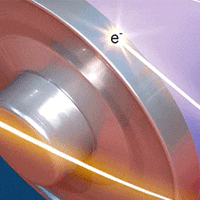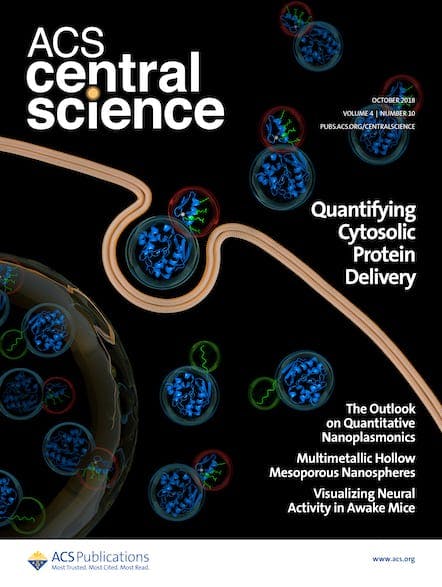A recent study explores an organic, cobalt-free cathode option for building sustainable batteries that can maintain the power and stability of traditional lithium-ion.

Batteries are vital in our modern digital world. A recent Virtual Issue from ACS Energy Letters showcases advancements and challenges in the field, providing insights into the intricate balance between efficiency, safety, and environmental impact. One of the key limitations is the scarcity of metals needed for the inorganic oxides in rechargeable battery cathodes—including cobalt, nickel and magnesium. In 2022, we mined 187,000 metric tons of cobalt, 70% of which was used in batteries.1 But elemental cobalt is rare—it is more often found in mineral forms and associated with nickel, copper, silver, iron, or uranium.2 Moreover, mining it carries a social cost and has been linked to child labor.3 These drawbacks have therefore led many scientists to begin investigating how to successfully eliminate cobalt from lithium-ion batteries.4
Previous research has explored cathodes made from more abundant carbon-based materials, and although they had a cost advantage, these prototypes did not match the energy output and stability of traditional lithium-ion batteries. To address this, new research published in ACS Central Science reports on a layered organic electrode material with high electrical conductivity and high storage capacity, as well as properties enabling reversible intercalation of lithium ions—allowing it to truly compete with inorganic-based lithium-ion battery cathodes.6
The team used bis-tetraaminobenzoquinone (TAQ) for their organic electrode. TAQ is a fused conjugated molecule with a layered solid-state structure, characterized by a dense arrangement of redox-active carbonyl and imine groups on a conjugated backbone. Due to its high conductivity and poor solubility, neat TAQ (without additives) can be used directly as a cathode in lithium-ion half cells. Results showed that the optimized cathode stored and delivered a higher energy density than most cobalt-based cathodes, and it could charge–discharge in as little as 6 minutes.
The same team previously worked on a solid zinc-ion conductor from a metal–organic framework.7 This appears to also be a promising option, and the authors note that the new material may one day enable potential applications in the emerging field of quasi-solid-state zinc-ion batteries.8 Other organic options described in this review article include nonaqueous/aqueous redox flow batteries, as well as sealed batteries including organic polymers and crystallized organic compounds.9

Sodium: Leading the Charge Toward Better Batteries
Redox-active organic materials, derived entirely from earth-abundant elements, offer the opportunity to develop sustainable and environmentally benign batteries than can be scaled to meet global production needs. The authors believe their new results "demonstrate the operational competitiveness of sustainable organic electrode materials in practical batteries." At present, this may be a more attractive option compared to recycling, since recovery output has yet to keep up with the accelerating demand for new batteries.
References
- Distribution of cobalt demand worldwide in 2022, by application. Statista.com 2024.
- Cobalt. Institute of Rare Earths and Strategic Metals 2024.
- Sovacool, B. K. The precarious political economy of cobalt: balancing prosperity, poverty, and brutality in artisanal and industrial mining in the Democratic Republic of the Congo. Extr. Ind. Soc. 2019, 6, 915–939.
- Lee, S. and Manthiram, A. Can Cobalt Be Eliminated from Lithium-Ion Batteries? ACS Energy Lett. 2022, 7, 9, 3058–3063.
- Chen, T. et al. A Layered Organic Cathode for High-Energy, Fast-Charging, and Long-Lasting Li-Ion Batteries. ACS Cent. Sci. 2024.
- Iliescu, A. et al. A Solid Zn-Ion Conductor from an All-Zinc Metal–Organic Framework Replete with Mobile Zn2+ Cations. J. Am. Chem. Soc. 2023, 145, 48, 25962–25965.
- Poizot, P. et al. Opportunities and Challenges for Organic Electrodes in Electrochemical Energy Storage. Chem. Rev. 2020, 120, 14, 6490–6557.
